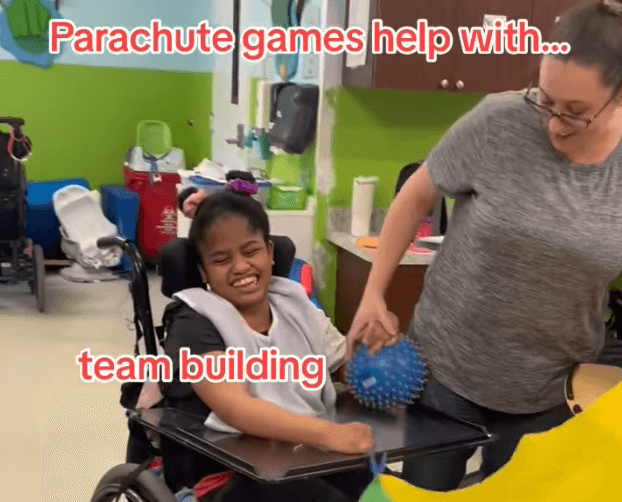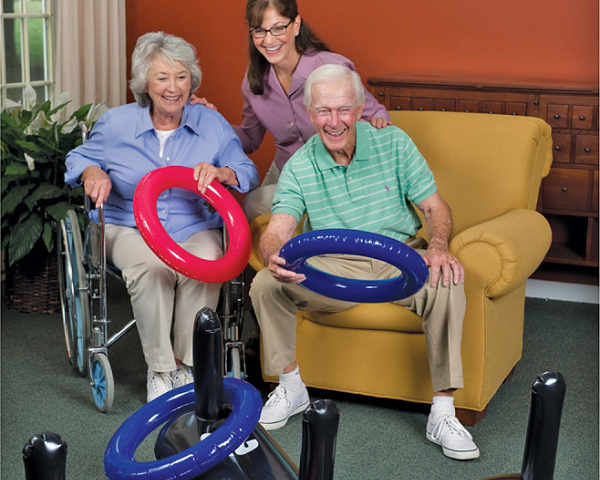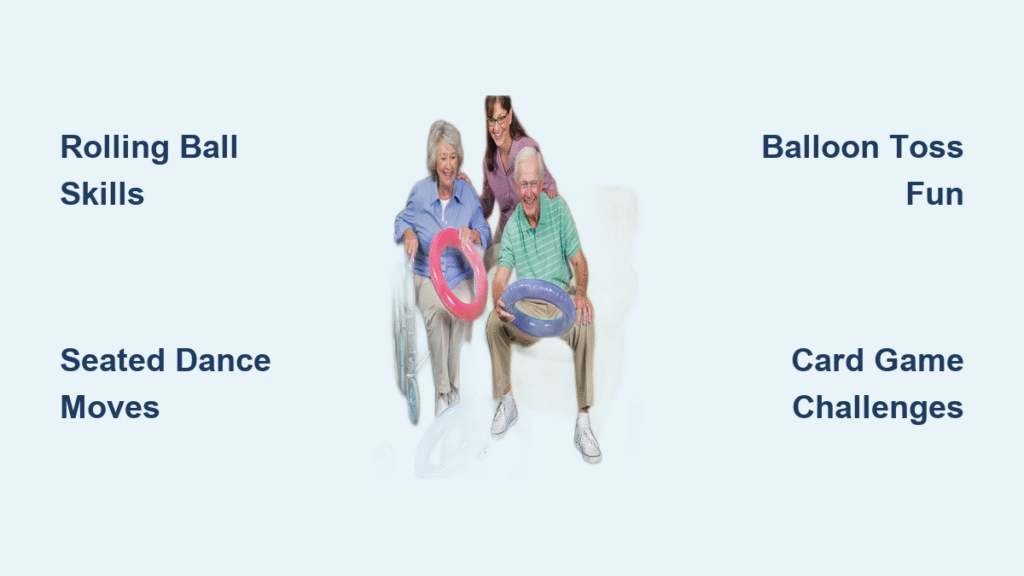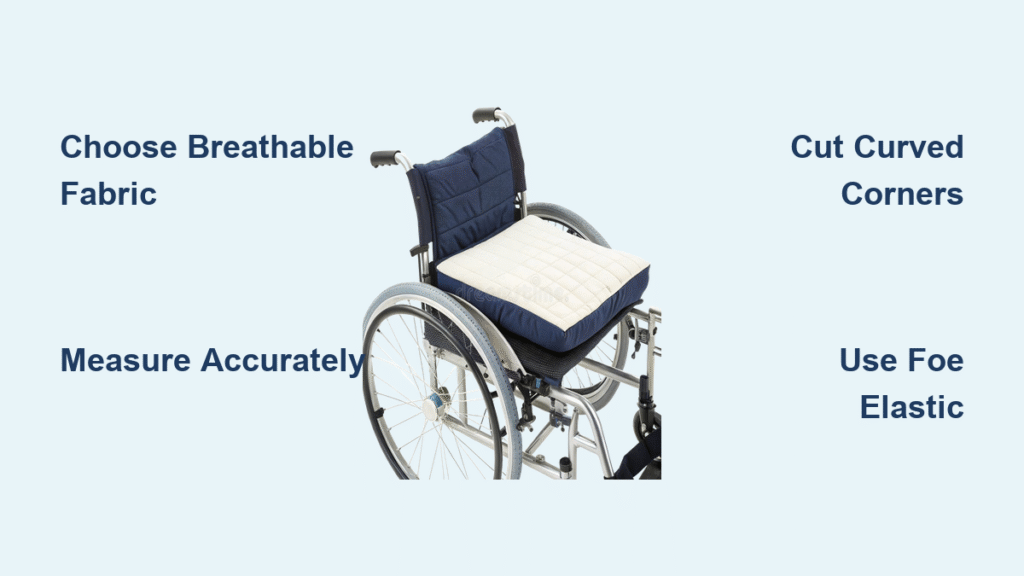As a senior using a wheelchair, you might feel limited in how you can stay active and engaged—but movement in your chair counts just as much as standing exercise. Research shows wheelchair games and activities for seniors deliver measurable health benefits including improved cardiovascular function, better blood sugar control, enhanced mental well-being, and preserved muscle strength. Whether you’re newly using a wheelchair or have relied on one for years, these accessible games prove you don’t need to stand to enjoy meaningful physical and cognitive engagement. In this guide, you’ll discover practical activities requiring minimal equipment that boost both body and mind while creating joyful social connections.
Transform Your Living Room into a Bowling Alley Today
Set Up an Accessible Bowling Lane in Minutes
Grab empty plastic bottles or toilet paper rolls to create instant pins your wheelchair can approach closely. Position yourself just 3-4 feet from your target initially, rolling lightweight balls along a smooth floor surface. Tape cardboard targets to your door with varying point values—smaller or higher targets earn more points as you build accuracy. As your skills improve over 2-3 weeks, gradually increase your distance by 6-inch increments while maintaining proper posture to avoid shoulder strain.
Level Up with Word-Building Bowling Challenges
Once basic bowling feels comfortable, attach post-it notes with letters to your pins for spelling challenges. Try bowling with your non-dominant hand to engage different muscle groups, or create obstacle courses using cushions as bumpers. For group play, assign team colors to different pin sets and track which team knocks down more targets in five rounds—this variation builds friendly competition while improving hand-eye coordination.
Master Low-Impact Ball Games for Limited Mobility

Progress Through Rolling Ball Skill Levels
Start with large beach balls on your wheelchair tray, practicing controlled rolls toward containers like laundry baskets. Key visual cue: Watch how your wrist angle affects ball direction. As your control improves over several sessions, transition to smaller balls while increasing distance. For solo practice, roll balls against a wall and catch the rebounds, beginning with two-handed stops before progressing to one-handed catches as your confidence grows.
Create Balloon Games for Visual Tracking Practice
Balloons provide perfect low-impact entertainment with their slow movement allowing extra time for aiming. Begin by launching balloons gently from your hands just 2-3 feet away, focusing on tracking their path. Gradually increase distance while experimenting with different launch techniques—table rolls build different skills than air launches. For group fun, see who can keep a balloon in the air longest using only gentle hand movements from their seated position.
Turn Music into Movement with Seated Dance
Find Perfect Wheelchair Dance Tutorials Online
Search YouTube for “seated dance,” “chair dancing,” or “wheelchair dance” to discover routines set to contemporary music. Bristol Bears offers weekly “DanceTime” sessions specifically designed for complex needs, while dancer Chelsie Hill provides tutorials ranging from beginner to advanced levels. Start with 5-minute sessions, focusing on upper body movement and head coordination—these sessions improve cardiovascular health while feeling like pure entertainment.
Play Musical Games That Build Strength Naturally
Try “Musical Ball” by passing a beach ball around a wheelchair-friendly circle while music plays—whoever holds it when the music stops earns points. This continuous gentle movement builds arm strength without feeling like exercise. For cognitive benefits, play “Name That Tune” with familiar songs from your youth, earning points for correct identification. These musical activities stimulate memory centers while keeping energy levels high through rhythmic engagement.
Adapt Group Parachute Games for Wheelchair Circles

Create Balloon Toss Fun with Household Items
Form a large circle accommodating wheelchairs using a standard bed sheet as your parachute alternative. Place inflated balloons on the sheet surface and work together to lift and lower the edges, watching balloons bounce above and below eye level. The up-and-down arm movements provide excellent exercise while creating visual excitement. Start with just one balloon, adding more as your group coordination improves—this activity builds teamwork while delivering gentle cardiovascular benefits.
Try Octaband for Collaborative Movement Patterns
Octaband—a stretchy fabric tool with arms extending from a central circle—perfectly accommodates wheelchair positioning for group activities. Hold the fabric arms while moving in synchronized patterns, using the stretchy resistance for gentle strength training. This equipment requires minimal space yet facilitates meaningful social connection through collaborative movement. Begin with slow, controlled motions for 5 minutes, gradually increasing duration as your endurance improves.
Boost Brain Health with Adaptive Cognitive Games

Challenge Your Mind with Modified Word Games
Form words from adjacent letters using Boggle to enhance cognitive function and memory retention—this mental exercise helps prevent dementia while encouraging creativity. Digital versions on tablets offer larger, easier-to-read letter displays perfect for seniors. Start with 3-letter words, progressing to longer combinations as your skills develop. Play against the clock or with friends for added engagement, tracking your daily word count improvement.
Enjoy Card Games with Digital Convenience
Traditional card games like Bridge, Spades, and Hearts translate perfectly to wheelchair play. Computer and mobile versions eliminate shuffling challenges while maintaining cognitive benefits through memory use and strategic thinking. These familiar activities provide stress relief and social connection opportunities—start with 15-minute sessions, gradually increasing duration as your focus improves. For group play, use video conferencing to connect with friends who live elsewhere.
Track Progress and Build Social Connections
Measure Your Skill Development Systematically
Begin with a thorough assessment of your current abilities, then start with the easiest version of each activity. Track your progress through accuracy improvements (how often you hit targets), distance achievements (how far you can throw or roll), and endurance building (how long you can sustain activity). Measure cognitive benefits through improved memory recall and problem-solving speed, plus social engagement frequency and enjoyment levels—these metrics keep you motivated.
Create Multi-Generational Play Opportunities
Adapt activities for grandchildren involvement by simplifying rules or assigning helper roles. Try relay race formats for family bucket runs, with caregivers providing guided movement for non-mobile participants. Explore local senior centers, religious organizations, and community charities offering specialized wheelchair activity programs—these connections combat isolation while building meaningful relationships. Even simple activities like virtual book clubs via video conferencing maintain vital social bonds.
Remember: Every movement matters, no matter how small. These wheelchair games and activities for seniors aren’t just pastimes—they’re pathways to better health, sharper minds, and stronger social connections. Start with one activity that appeals to you, master it at your comfort level, then gradually expand your repertoire. The journey to staying active in your wheelchair begins with a single roll, toss, or dance move. Consult your physiotherapist before starting new activities, especially those involving balance challenges, and always prioritize safety by beginning with the easiest versions. With consistent practice, you’ll discover unexpected joy in movement that celebrates what your body can do rather than focusing on limitations.





